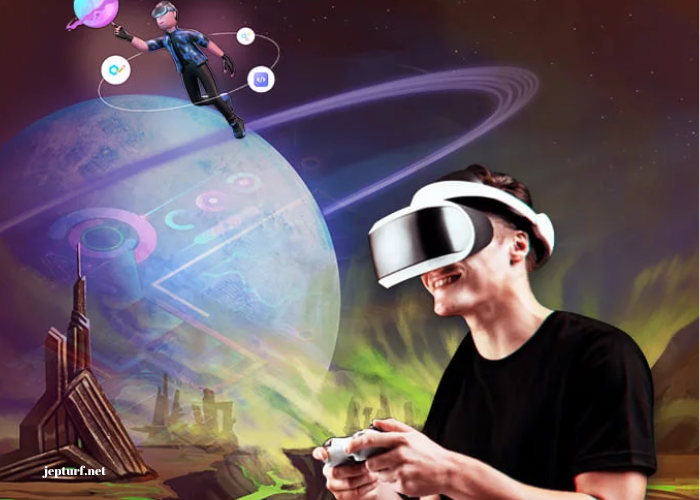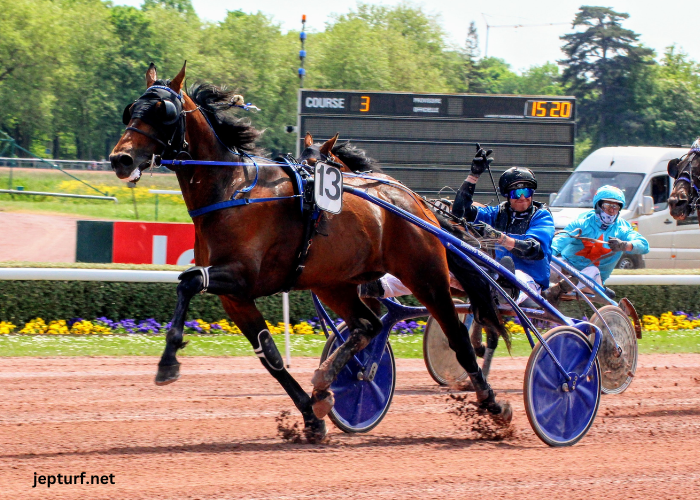The concept of the Metaverse has long been a fascination for many, blending elements of science fiction with the possibilities of advanced technology. In recent years, with the rapid advancement of virtual reality (VR) technology and the evolution of online gaming, the idea of the Metaverse has started to become a tangible reality. In this article, we’ll delve into the intersection of gaming and the Metaverse, exploring how gaming is shaping and being shaped by this virtual universe.
Introduction to the Metaverse
The term “Metaverse” was coined by author Neal Stephenson in his 1992 science fiction novel “Snow Crash,” describing a collective virtual shared space, created by the convergence of virtually enhanced physical reality and physically persistent virtual space. Essentially, it’s a digital universe where users can interact with each other and digital objects in real-time, often through immersive technologies like VR.
Evolution of Gaming in the Virtual World
Early Virtual Worlds
Before the term Metaverse gained popularity, virtual worlds like Second Life and Habbo Hotel provided early glimpses into the possibilities of digital communities and economies. These platforms allowed users to create avatars, interact with others, and even buy and sell virtual goods.
Rise of Massive Multiplayer Online Games (MMOs)
The advent of MMOs such as World of Warcraft and EVE Online brought gaming communities to a new level, with millions of players inhabiting vast virtual realms simultaneously. These slot game fostered social interaction, teamwork, and competition on a massive scale.
Emergence of Virtual Reality (VR) Gaming
With the rise of VR technology, gaming experiences have become more immersive and lifelike. Players can now step into virtual worlds and interact with them in ways previously unimaginable, blurring the lines between reality and fantasy.
Understanding the Concept of the Metaverse
Definition and Origins
The Metaverse encompasses a collective virtual shared space, created by the convergence of virtually enhanced physical reality and physically persistent virtual space. It draws inspiration from various sources, including science fiction literature, virtual worlds, and emerging technologies.
Characteristics and Features
Key features of the Metaverse include persistence, scalability, interoperability, and user-generated content. It’s a dynamic environment where users can create, explore, and interact with each other and digital objects in real-time.
Gaming’s Integral Role in the Metaverse
Immersive Gaming Experiences
Gaming is at the forefront of driving innovation in the Metaverse, providing immersive experiences that transport players to fantastical worlds and adventures. Whether it’s exploring alien planets, battling dragons, or building virtual empires, gaming offers limitless possibilities within the Metaverse.
Social Interaction and Communities
One of the most compelling aspects of the Metaverse is its ability to foster social interaction and community building. Gaming communities within the Metaverse form tight-knit groups of players who collaborate, compete, and form lasting friendships across geographical boundaries.
Economic Opportunities and Virtual Assets
In addition to entertainment value, gaming in the Metaverse offers economic opportunities through the creation and trade of virtual assets. Players can buy, sell, and trade digital goods and services, leading to the emergence of virtual economies with real-world value.
Challenges and Limitations
Technological Barriers
While advancements in technology have propelled the development of the Metaverse, there are still significant technological barriers to overcome. Issues such as network latency, hardware limitations, and compatibility challenges can hinder the seamless integration of virtual experiences.
Security and Privacy Concerns
As the Metaverse grows, so do concerns about security and privacy. Virtual environments are susceptible to hacking, data breaches, and other malicious activities, raising questions about the safety and integrity of user data.
Accessibility and Inclusivity
Accessibility and inclusivity remain ongoing challenges in the development of the Metaverse. Not everyone has access to the necessary technology or resources to participate fully, leading to digital divides and disparities in participation.
The Future of Gaming in the Metaverse
Advancements in Technology
Continued advancements in technology, such as augmented reality (AR), artificial intelligence (AI), and blockchain, will drive further innovation in the Metaverse, enhancing immersion, scalability, and interactivity.
Integration of Artificial Intelligence
Artificial intelligence will play a crucial role in shaping the future of gaming in the Metaverse, powering intelligent NPCs, dynamic environments, and personalized experiences tailored to each player’s preferences.
Potential Applications Beyond Entertainment
Beyond link slot gaming, the Metaverse holds potential applications in various fields, including education, healthcare, architecture, and virtual commerce. It could revolutionize how we learn, work, and interact with the world around us.
Conclusion
As technology continues to advance, the boundaries between the physical and virtual worlds will continue to blur, ushering in a new era of possibility and exploration in the Metaverse. Gaming, with its ability to captivate, connect, and inspire, will undoubtedly play a central role in shaping this virtual frontier.



